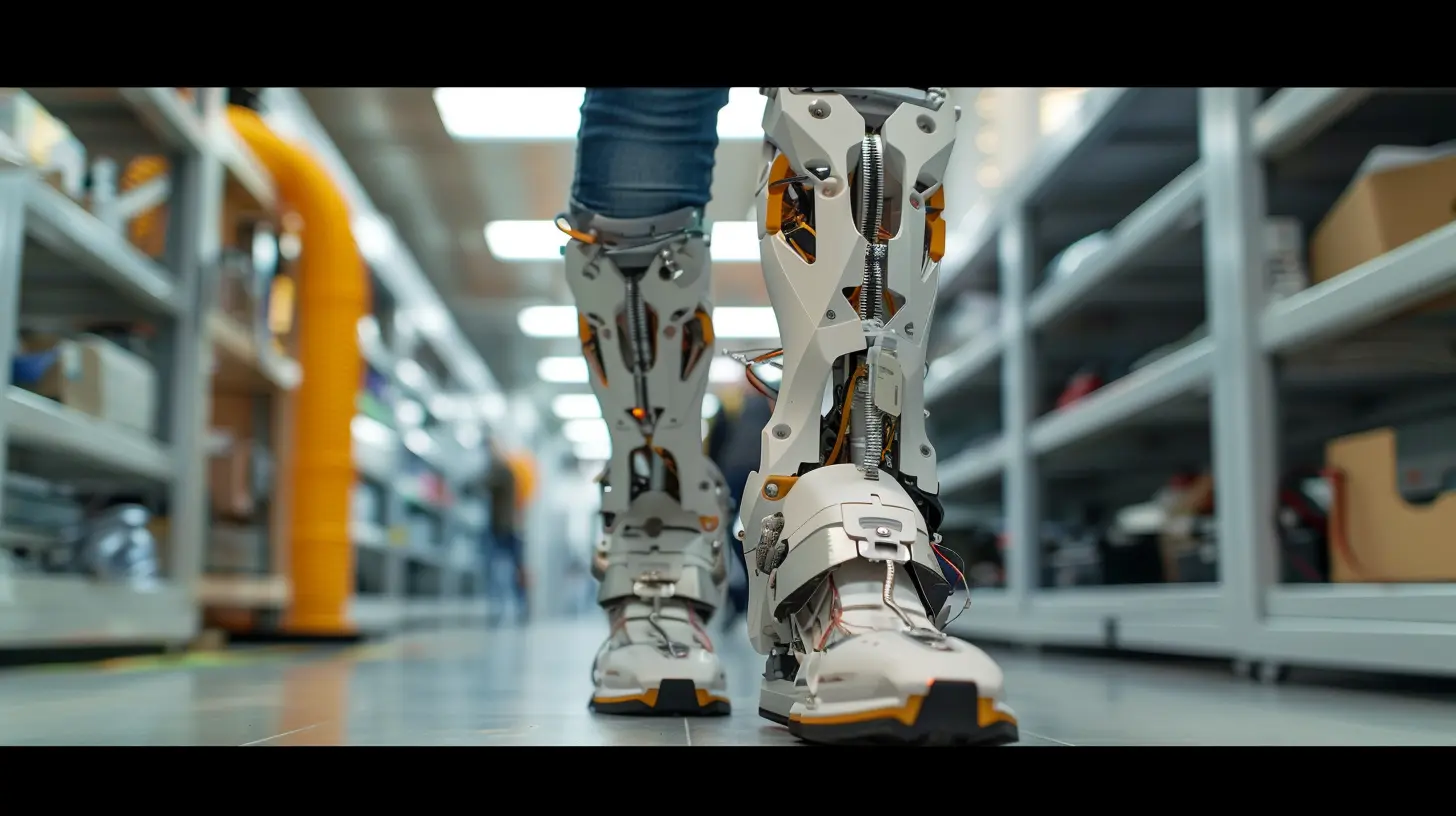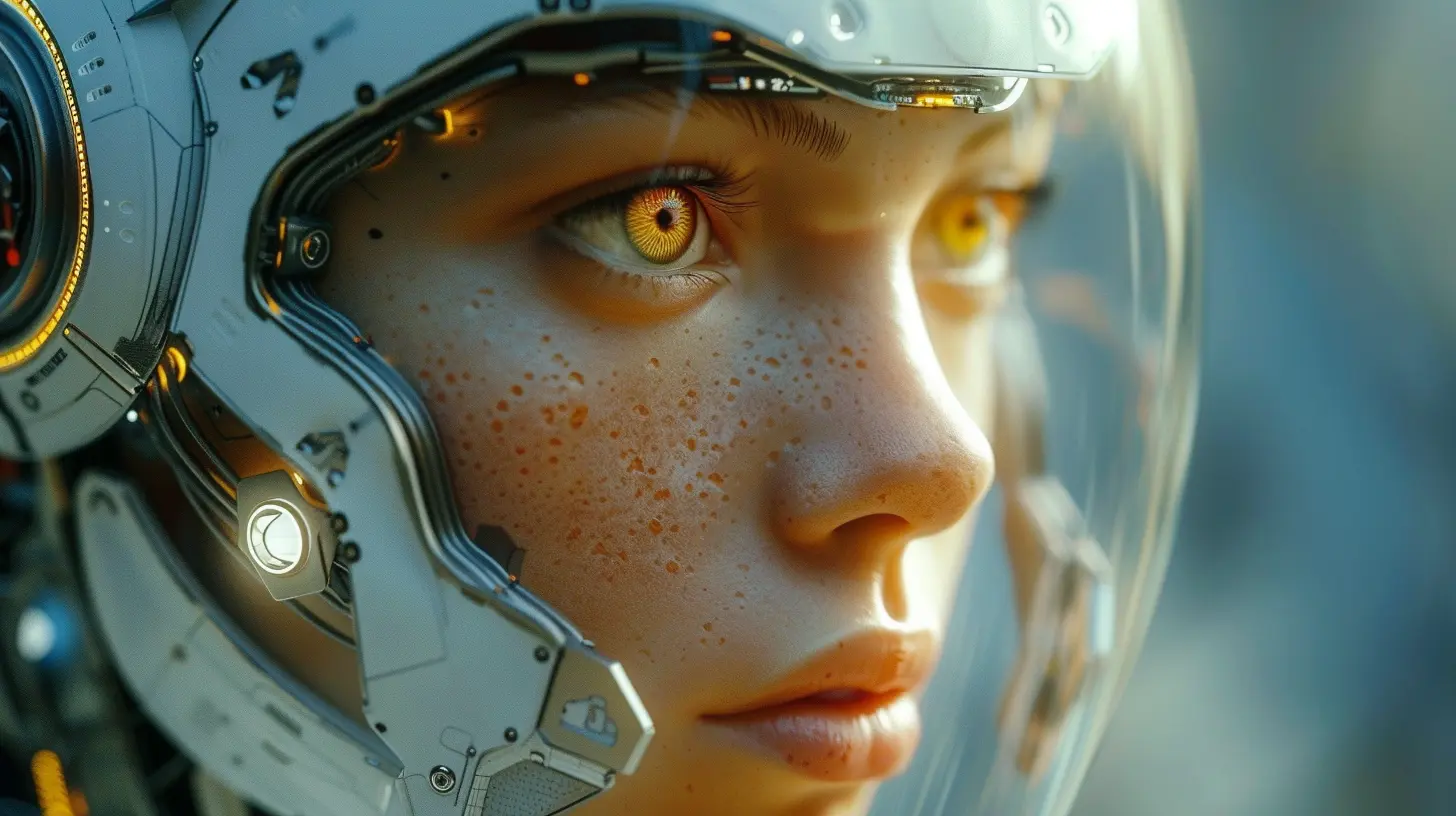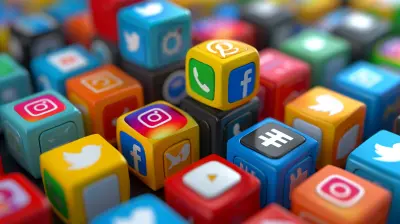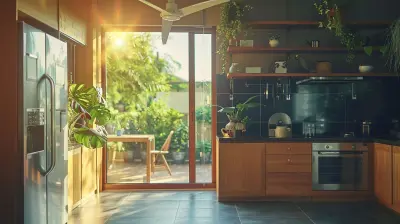Exploring the Intersection of Robotics and 3D Printing
28 August 2025
Have you ever watched a robot gracefully glide across a factory floor, assembling parts with mechanical precision — and imagined it printing its own tools mid-task? Sounds like a sci-fi movie, right? But here’s the kicker: we’re living in that reality right now. The fusion of robotics and 3D printing is not just a technological symphony; it’s a transformative dance that's reshaping how we design, build, and interact with machines.
In this article, we’re going to pull back the curtain and look deep into what happens when robotics and 3D printing join forces. It's like peanut butter meeting jelly — individually awesome, but together? Game-changing.
🌐 The Digital Revolution’s Power Couple
Robots: The Tireless Workers
Robots aren’t just those shiny humanoids in blockbuster movies. These days, they’re in our homes (hello, Roomba!), on factory lines, in hospitals, and even in outer space. They’re machines programmed to carry out tasks without whining, taking coffee breaks, or calling in sick.3D Printing: The Digital Sculptor
3D printing — aka additive manufacturing — is like having a magic wand that builds objects layer by layer using plastics, metals, ceramics, and even food or cells. Instead of carving out from a block (subtractive manufacturing), 3D printing adds material precisely where it’s needed. Efficiency, meet creativity.So what happens when you let these two tech titans collaborate?
🤖💡 When Robots Meet 3D Printers: A Love Story in Innovation
Pair a robot with a 3D printer, and you’ve suddenly got a machine that can build, adapt, repair — even replicate. This duo isn’t just working together; they’re reimagining what’s possible across industries.Let’s break it down.
🏗️ Robotic 3D Printing: Scaling New Heights
Imagine a massive robotic arm wielding a 3D printer nozzle like a painter with a brush. That’s robotic 3D printing. Unlike traditional printers confined to a box, robotic arms can twist, extend, and tilt — printing complex structures with geometric freedom.Construction: Building Layer by Layer
In construction, robotic 3D printers are laying down concrete to build homes and bridges — literally printing buildings. This isn’t in some far-off future; it’s already happening in places like Dubai and the Netherlands. The advantages? Lower costs, less waste, and faster completion times — all with architectural flair.Aerospace & Automotive: Lightening The Load
In aerospace and auto manufacturing, lighter usually means better — and cheaper. Robots 3D-printing lightweight, intricate parts that were once impossible to machine is a revolution. Think of it like swapping out clunky iron armor for a slick, carbon-fiber suit.
🧠 Smart Manufacturing with AI-Infused Robots
It gets even cooler. When AI joins the team, robots become not just builders but thinkers. They analyze the printing process in real-time, adjusting temperature, speed, or angle on the fly. It's like having a chef who adjusts the recipe constantly based on taste testing each spoonful.This synergy is at the heart of what's called “smart manufacturing” — where machines monitor themselves and even predict breakdowns or defects before they happen. Efficiency? Off the charts.
🛠️ Self-Replicating Machines? Yep, That’s a Thing
Hold onto your hats. We're inching closer to machines that can reproduce — no, not biologically, but mechanically.Robots using 3D printers to make parts for other robots, or even themselves? That’s the kind of recursive tech that could change space exploration. On Mars, instead of shipping heavy tools, we could send a basic robot and a 3D printer. From there, it could build its own crew of worker bots.
It’s still early days, but the implications are wild.
🧬 Bio-Robotics: Printing Life, One Layer at a Time
Here’s where it gets downright poetic.What if we could print artificial limbs with embedded robotic functionality? Or soft robots made of muscle-like materials that can flex and move like living tissue?
That’s the world of bio-robotics. And by combining 3D printing with soft robotics, engineers are crafting devices that mimic life — everything from artificial hearts to robotic fingers that can grasp with the gentleness of a human hand.
🤝 Collaboration Over Competition: Human + Machine
Now, before you start worrying about a robot uprising (thanks, Hollywood), let’s talk teamwork.The intersection of robotics and 3D printing doesn’t mean replacing humans — it’s about augmenting us. Picture a surgeon using a 3D-printed robotic arm to perform surgery with sub-millimeter precision. Or an engineer rapidly prototyping a drone before lunch, thanks to a friendly neighborhood robot and a 3D printer.
We’re not being replaced; we’re being upgraded.
🏭 Revolutionizing Supply Chains and Logistics
Let’s talk practicality. Traditionally, manufacturing relies on centralized factories and long shipping routes. But what if we could 3D-print parts on-demand, on-site?Robots + 3D printing = instant mini-factories anywhere. This decentralizes production, slashes emissions from transport, and makes the supply chain nearly bulletproof. From war zones to disaster areas, imagine deploying robots that can build tools, shelters, or medical supplies on the spot.
Suddenly, logistics is less about “how fast can we ship it” and more about “how fast can we make it.”
🎯 Real-World Applications and Use Cases
Let’s walk through a few groundbreaking applications that show just how powerful this merger is.1. Healthcare: Custom Prosthetics and Surgical Tools
3D printers can sculpt perfectly customized prosthetics using scans of a patient’s limb. Add robotic functionality, and boom — you have a smart limb. Surgeons also use robotic arms to manipulate tiny instruments, some of which are 3D-printed for one-time use, reducing infection risks.2. Disaster Relief: On-Site Building with Robots
After natural disasters, time is crucial. Robotic 3D printers can print emergency shelters directly on the site, adapting in real time to terrain and needs. No delays, no transportation hassles.3. Education & DIY Innovation
In schools and maker spaces, combining robotics kits with desktop 3D printers is unlocking creativity like never before. Kids are building robots that they also design and print themselves — future Elon Musks in the making.🧱 Challenges on the Horizon
Of course, no tech evolution is without hiccups.Software Complexity
Getting a robot to understand complex 3D print instructions isn’t plug-and-play. It requires advanced software, machine learning, and precise coordination.Material Limitations
While material options are growing, there are still gaps. Not every material behaves nicely with both 3D printers and robot appendages.Cost Barriers
Startups and schools may struggle with costs, though decreasing hardware prices and open-source communities are helping level the playing field.🔮 The Road Ahead: What’s Next?
So, where do we go from here?We’re talking:
- Fully autonomous construction sites.
- Robots printing robots in space.
- Modular robotic systems that evolve on their own.
- Hybrid creatures of biology and robotics that can sense, learn, and act.
It's not just the future of work — it’s the future of how we create reality. The marriage of robotics and 3D printing is building a world where innovation is limited only by our imagination.
🧵 Wrapping It All Up
To sum it all up, the intersection of robotics and 3D printing is more than just a technological convergence — it’s a creative renaissance. We’re seeing an age where machines don’t just obey commands; they build, think, heal, and create alongside us.If you’re a dreamer, a designer, a coder, or just someone curious about how things are made — now’s your time. This is your chance to jump aboard a revolution where you’re not just using technology… you’re shaping it.
So, the next time you see a robot or hear a printer buzzing away, think of it as the orchestra tuning up. The show's just beginning.
all images in this post were generated using AI tools
Category:
RoboticsAuthor:

Michael Robinson
Discussion
rate this article
1 comments
Charlotte McGhee
Exciting possibilities ahead! Integrating robotics with 3D printing could revolutionize manufacturing and design processes.
September 2, 2025 at 12:00 PM

Michael Robinson
Absolutely! The synergy between robotics and 3D printing holds immense potential to transform how we approach manufacturing and design. Exciting times ahead!


